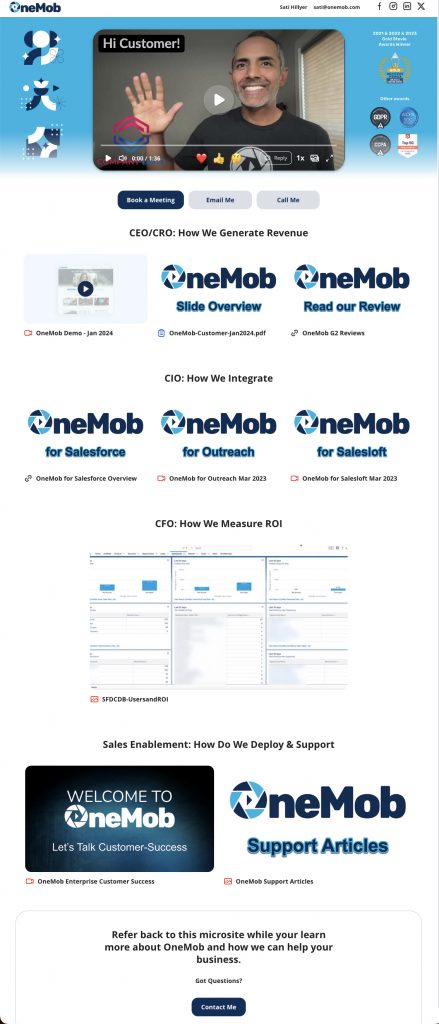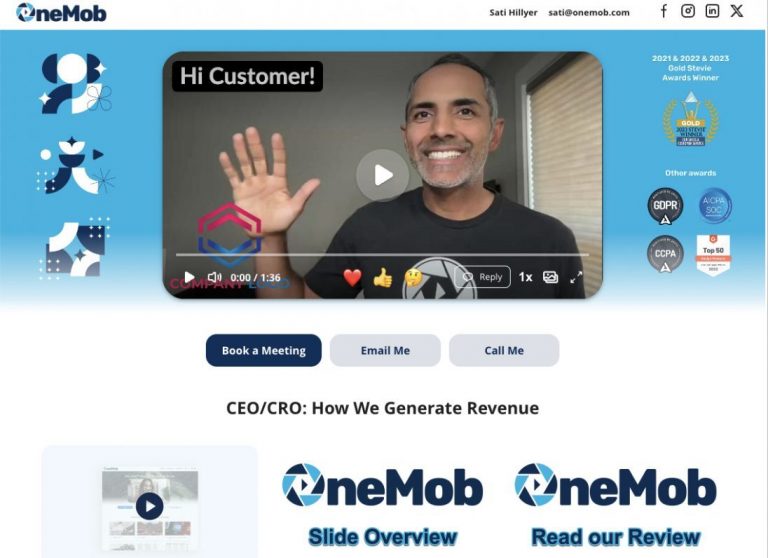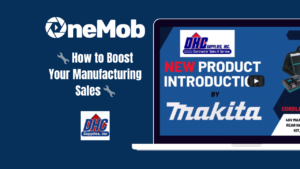In the fast-paced world of B2B sales, where decision-making involves multiple stakeholders and various business functions, presenting information effectively is key to success. According to Gartner, the average enterprise B2B buying group consists of 5 to 11 stakeholders, representing an average of 5 distinct business functions. In such a complex landscape, having a streamlined approach to presenting information can make all the difference. That’s where structuring your sales microsite comes into play.
Understanding the Dynamics
Before diving into the specifics of how to structure your sales microsite, it’s crucial to understand the dynamics of B2B purchasing. With multiple stakeholders involved, each bringing their own perspectives and requirements to the table, the buying process can quickly become convoluted. Therefore, providing a centralized platform that caters to the needs of different stakeholders and business functions is essential for driving conversions.
The Microsite Advantage
A well-structured microsite serves as a hub where stakeholders can access relevant information tailored to their roles and responsibilities. By organizing content effectively, you can streamline the buying process, making it easier for decision-makers to navigate through the complexities of procurement. Here’s how you can structure your sales microsite to maximize its effectiveness:
- Summary Video: Start with a compelling summary video that highlights the key benefits of your product or service. This video should provide a brief overview of what you offer and how it addresses the pain points of your target audience.
- Call to Action Buttons: Strategically place call-to-action buttons throughout the microsite to encourage engagement and drive conversions. Whether it’s scheduling a demo, requesting more information, or starting a free trial, make it easy for visitors to take the next step.
- Sections for Each Department: Divide your microsite into sections that cater to different departments or business functions. For example, have dedicated sections for marketing, sales, IT, finance, and operations. Within each section, provide resources and case studies that demonstrate how your solution can benefit that specific department.
- Conclusion and Contact: Wrap up the microsite with a compelling conclusion that reinforces the value proposition of your offering. Include clear contact information, such as email addresses or contact forms, so that interested stakeholders can easily reach out for further discussions.

The Power of Flexibility
One of the biggest advantages of a microsite is its flexibility. Unlike traditional sales collateral, which can quickly become outdated, a microsite can be updated in real-time to reflect the latest information and offerings. This ensures that stakeholders always have access to the most up-to-date resources, enhancing their overall buying experience.
Simplifying the Buying Process with OneMob
At OneMob, we understand the importance of simplifying the B2B buying process. Our platform empowers businesses to create personalized sales microsites that resonate with their target audience. With features like customizable templates, embedded videos, and analytics tracking, OneMob makes it easy to engage stakeholders at every stage of the buying journey.
Get Started Today!
Ready to revolutionize your B2B sales strategy? Start for free with OneMob and discover the power of personalized microsites in driving conversions. With our intuitive platform, you can attract, engage, and close deals more effectively than ever before. Visit onemob.com to get started today!
In conclusion, structuring your sales microsite in alignment with the complex dynamics of B2B purchasing can significantly enhance your sales effectiveness. By providing tailored content to different stakeholders and business functions, you can streamline the buying process and drive meaningful conversions. Embrace the power of microsites and unlock new opportunities for growth in your B2B sales journey.







